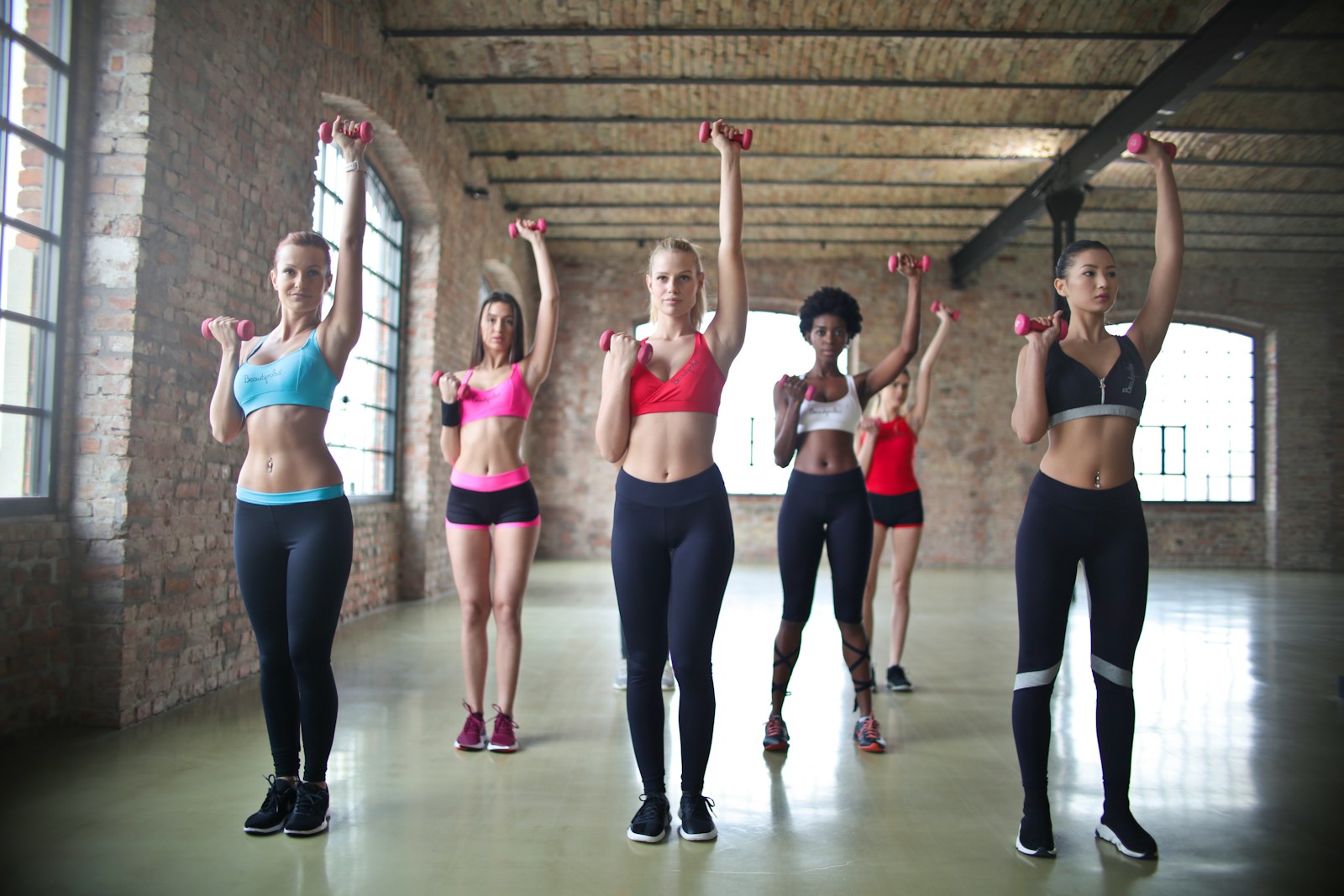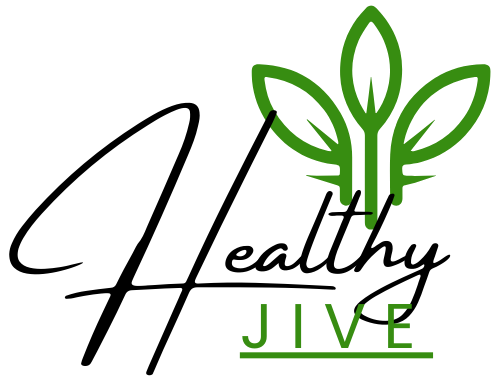

When it comes to workouts that target more than one muscle group, few exercises can compare to the humble plank. This exercise is a staple in many fitness routines, and for a good reason – it engages and strengthens a variety of muscles throughout your body.
In this article, we’ll delve into the intricacies of the plank, the muscles it works, its benefits, how to perform it correctly, common mistakes to avoid, and variations to keep your routine interesting.
The Plank: A Full-Body Workout
The plank is a dynamic exercise that involves almost every major muscle group in your body. From your core to your lower body, and even your upper body, the plank can help you achieve a well-rounded workout.
Engaging the Core Muscles
Despite the full-body nature of this exercise, the core muscles are the primary targets. These include the rectus abdominis, obliques, and the transverse abdominis.
The rectus abdominis, often associated with the coveted “six-pack,” forms the topmost layer of your abdominal muscles. The transverse abdominis, on the other hand, is a deeper muscle layer that serves as your body’s natural corset, cinching your waistline and stabilizing your back muscles.
Moreover, your internal and external obliques, along with your spinal erectors (back muscles), also play a significant role in plank exercises. When functioning in harmony, these muscles provide stability, aligning the ribs and hips effectively.
Upper Body Activation
While your core does the majority of the work, your upper body muscles don’t slouch. The trapezius, rhomboids, latissimus dorsi, pectorals, serratus anterior, deltoids, biceps, and triceps are all engaged during the plank, contributing to its overall effectiveness.
Lower Body Incorporation
The integration of the lower body in a plank exercise makes it a comprehensive workout. Key lower body muscles targeted include the quadriceps (front of thighs) and gluteal muscles (buttocks), which are connected to your abdominal and lower back muscles, helping stabilize and strengthen your hips. The hamstrings also contribute, working against gravity to maintain body alignment during the plank.
In a nutshell,
The plank offers a holistic workout, especially targeting your core and lower back muscles.
Benefits of Planking
Planking is not just about muscle engagement; it also offers several health benefits.
Enhancing Core Strength
A strong core is not just for aesthetics; it’s essential for everyday activities. From lifting groceries to swinging a golf club, your core plays a pivotal role. The plank, being an isometric exercise, is excellent for improving muscular endurance, leading to a stronger core over time.
Lowering Injury Risk
While some core exercises can lead to injury due to improper form or excessive strain, planks activate core muscles with lower compressive forces, reducing injury risk.
Alleviating Lower Back Pain
A strong core supports your lumbar spine (lower back), providing structural stability and aiding in pelvis movement. This increased stability can help alleviate and prevent lower back pain. However, it’s crucial to consult a healthcare professional if you have chronic back pain before starting any new exercise regimen.
Boosting Athletic Performance
A robust core can significantly enhance athletic performance, contributing to increased power output, running performance, and upper body rotation. It can also lower the risk of injury. Research suggests that core stabilization exercises like the plank, incorporated into a well-rounded exercise program, can effectively boost athletic performance.
In summary,
Planking can significantly boost core strength, reduce injury risk, and enhance athletic performance.
Performing a Plank Correctly
Performing a plank correctly is crucial to reaping its benefits. The two primary types of planks are the forearm plank and the straight-arm plank.
The Forearm Plank
The forearm plank is a popular variation and is considered easier than the straight-arm plank.
- Begin by lying on your stomach with your elbows and forearms by your side, ensuring your elbows and shoulders are aligned.
- Gradually raise your torso off the ground by pressing into your forearms and toes. As you rise, engage your core, maintain a neutral spine and neck, and keep your pelvis tucked inward.
- Maintain this position for as long as you can without compromising your form.
The Straight-Arm Plank
The straight-arm plank is similar to the forearm plank but is slightly more challenging.
- Start in a pushup position with your elbows and forearms by your side and palms facing down.
- Push your hands into the ground and raise your torso off the ground. Your body should resemble the upward position of a pushup. Ensure your hands and shoulders are aligned, your legs are straight, your feet are hip-width apart, and your core is engaged.
- Hold this position for as long as you can without compromising your form.
To note,
The primary plank variations include the forearm and the straight-arm plank. Proper form is crucial for maximum benefits.
Common Plank Mistakes to Avoid
Several common mistakes can compromise the effectiveness of your plank. Here are the top ones to avoid:
- Hunching your back. This reduces core engagement and makes the exercise less effective. Instead, engage your core and keep your back in a neutral position.
- Lowering your hips. This forces your back to arch and puts excess strain on your lower back instead of your abdominals. Ensure your hips are aligned with your shoulders, knees, and feet.
- Raising your butt. This shifts your weight to your upper body rather than your abdominals. To prevent this, engage your core and tuck your pelvis forward.
- Holding your breath. This makes the exercise more difficult and can put excess strain on your body. Focus on calm, controlled breathing.
- Pushing your stomach out. Drawing your abdominals in will better support your back.
Remember,
Keep your core engaged, maintain a neutral spine, and breathe regularly to perform the plank correctly and target the right muscles.
Plank Variations for Beginners and Advanced Exercisers
If you find the plank too challenging or are seeking an extra challenge, there are several variations you can try. Below, we’ve listed a few that range from beginner-friendly to advanced.
1. Forearm Plank with Knees Bent
This version of the plank is great for beginners.
- Start by lying on your stomach with your elbows and forearms at your side. Ensure your elbows and shoulders are aligned.
- Slowly lift your torso and upper body off the ground by pressing into your forearms. In this version, keep your knees bent and touching the ground.
- Hold this position for as long as you can maintain proper form.
2. Side Plank on Forearm
The side plank is excellent for working your obliques.
- Begin by sitting on your right hip with your legs bent, keeping your hips, knees, and feet stacked. Lift your left arm straight into the air (if this is too difficult, keep your arm to your side).
- Push your right forearm into the ground to lift your torso and straighten your legs. Keep your core tight and ensure your hips are lifted. Your body should be close to a straight line.
- Try to hold this position for 20 or more seconds before switching sides.
3. Plank with Side Taps
This move adds an extra challenge to the traditional plank by incorporating leg movement.
- Ensure the space around you is clear and free of obstructions.
- Starting in a traditional plank position, step your right leg out wider than your hip and tap the floor.
- Then, bring the leg back into the starting position.
- Repeat with your left leg.
- Complete 10–15 repetitions on each side while maintaining proper form.
4. Plank with Reach Under
This move adds an extra challenge to the traditional plank.
- Start in a traditional plank position.
- Keeping your core tight, lift your right arm off the ground and reach under to touch your left hip. Then, return your right arm to the ground.
- Next, take your left hand and touch your right hip.
- Continue to alternate between hands for 20–30 seconds.
Avoid rotating your shoulders or hips during this movement. The goal is to keep your body in a straight line.
In summary,
Numerous variations of the plank are suitable for beginners and advanced exercisers. Ensure you can safely perform a standard plank before attempting advanced versions.
